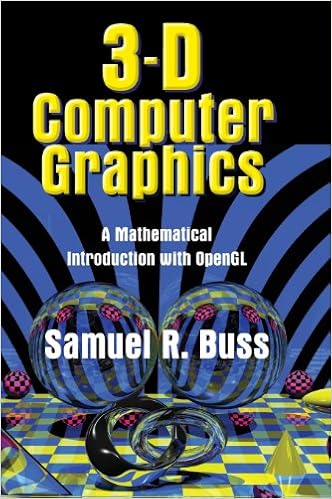Review"I have a favorable impression of this book for providing a mathematical approach to CG while introducing the reader to OpenGL. Additionally, it is a good introductory resource for ray tracing, radiosity, and animation and kinematics. I would highly recommend this book to someone who teaches CG and would like to modernize his or her course."
SIAM News
"There are a few experts who would find nothing new in this book, but most of the rest of us would benefit from it. Almost any time that a programmer chooses to ignore one of the aphorisms they need to justify their choice which makes it a good basis for communicating why a piece of source code either needs more comments or a different approach. Buy a copy, keep it in your pocket to browse through while waiting in line for a meal, a bus etc. when you know it all, pass your copy on."
CVu/ACCU Reviews
Book DescriptionThis introduction to 3D computer graphics emphasises fundamentals and the mathematics underlying computer graphics while also covering programming techniques using OpenGL, a platform-independent graphics programming environment. Topics include transformations and viewing, lighting and shading, ray tracing, radiosity, texture mapping and color theory, and aspects of animation, including quaternions, orientation, and inverse kinematics.The book is aimed at the advanced undergraduate or introductory graduate level, and can also be used for self-study. The minimal prerequisites, basic knowledge of calculus and vectors, are reviewed in an appendix. Novice OpenGL programmers may also want to consult an OpenGL programming guide.

Product Details- Hardcover: 396 pages
- Publisher: Cambridge University Press; 1 edition (May 19, 2003)
- Language: English
- ISBN-10: 0521821037
- ISBN-13: 978-0521821032

 扫码加好友,拉您进群
扫码加好友,拉您进群